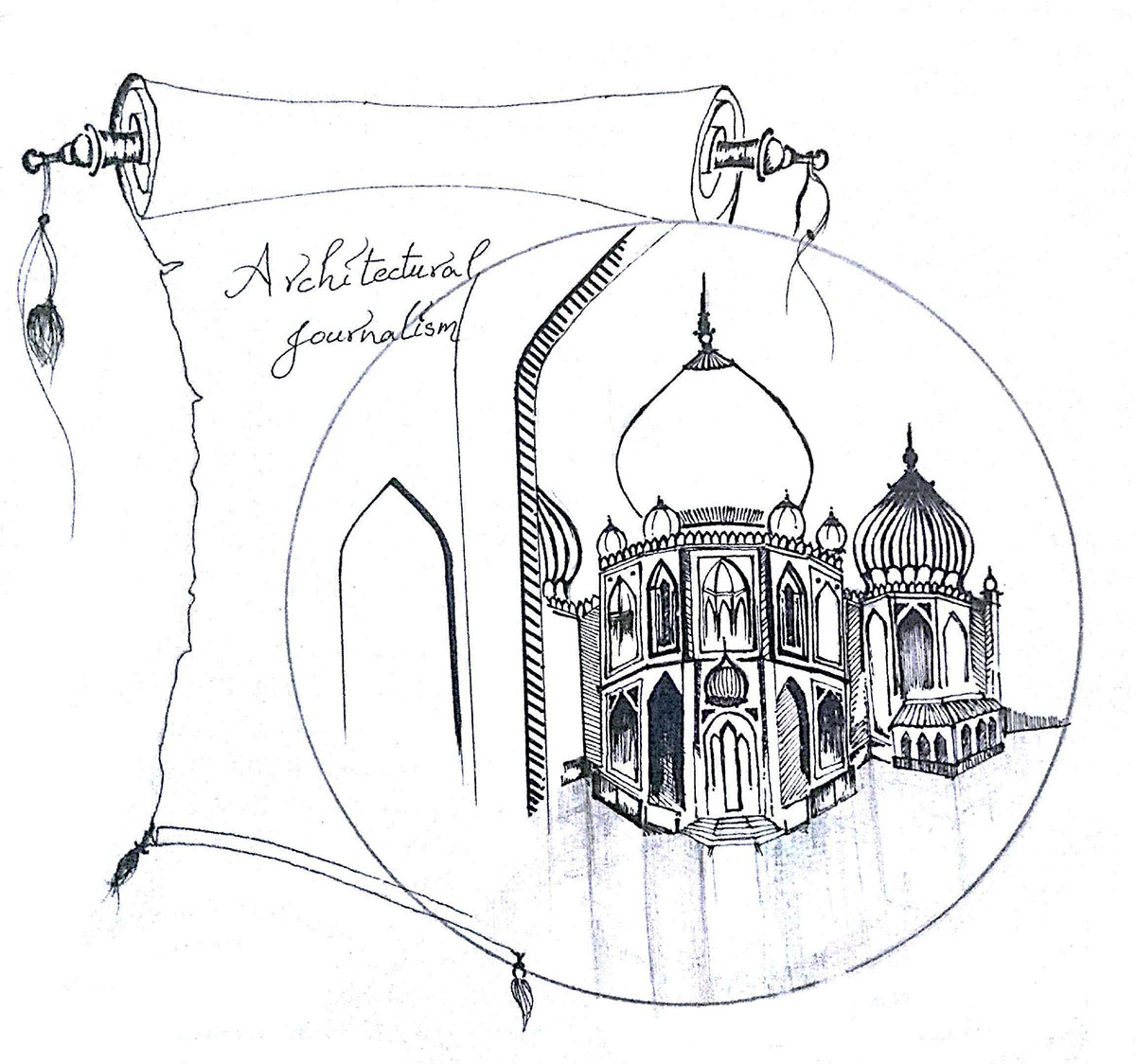Submitted by Pappal Suneja
Rational Thinking in Architecture
India Architecture News - Apr 01, 2018 - 01:08 22248 views

Rational thinking in art and architecture refers to following a holistic approach that can incorporate the power of 'now' in our architectural endeavours. For taking any rational decision, it is important that all the parameters, which might get affected, be keenly observed. In architecture as well, rationalism comes into play when we need to consider diverse parameters that affect our point of consideration in one way or the other; doing so shall not be possible without architectural journalism. For example, when we have only a small portion exposed, we will not be able to figure out the complete message that it portrays, unless we have all the broader parameters analyzed through some medium like architectural journalism.
Rationalism in architecture does not limit itself to the comfort of an individual. Rather, it corresponds to the aesthetic outlook, the way the client will use that object, how they will make the object a part of their own experience and daily life and how, after some time, it can be evolved for the times to come. It is possible that now, we are using things that are particular to today’s generation and time. However, rationalism insists that we also think about the next 5–10 years as well. Although the sense of architecture changes constantly, yet the design of today should not become obsolete tomorrow. This implies for those who somehow might not be able to keep up with the changing trends; however, they should be able to put the design to good use for themselves in some way.
Such considerations also bring into the picture the concept of color psychology. The overall outlook should be appealing while colors should be soothing to eyes while depending on the surroundings as well. This premise enlists types of colors, including warm colors and cool colors, the choice of which depends upon the artifact being designed. For instance, an institute would require a formal fashion of colors and a hospital would need soothing colors that could somehow help a patient heal faster. All colors have an energy associated with them, which we can certainly put to good use while designing. This is rationalism.
Another aspect of rational approach can be used while deciding the area per person required for a particular structure. For example, while designing an auditorium, decisions are to be made on a per-person basis: the number of seats, width of the door, the width of the aisle, breathable space et cetera. The features also considered is the kind of materials to be used on the façade (on the interior as well as the exterior), the proportion of fenestration needed, and the amount of glare to be allowed through windows to be comfortable to the eyes. Other important aspects including perimeter-to-area ratio, window-to-wall ratio, and door-to-wall ratio encompass a rational approach.
Let us take for instance a building that is to be constructed. The way that it will be perceived by the beholders is very important. Talking rationally, the building must follow principles of design and be aesthetically pleasing, not to mention that the existing topography of the place serves an important role here. Even elements like trees must be taken into consideration. Rationally, trees should not be cut. Instead, they should be fenced throughout the construction process or transplanted elsewhere. Use of indigenous materials for the building’s construction is another rational decision.
“Think globally, act locally.”
~Mahatma Gandhi
This quote sums up how we should promote the use of locally available materials, skills, and labor, and not completely rely on other states for supplies. Demanding resources from outside would mean incurring extra costs of transportation. Also, the production of that material in the ‘other’ state would increase, which would somewhere affect the economy of ‘this’ state. However, using substitutes sounds rational.
In the end, through rational thinking and approach, we arrive at beautiful visual compositions, the sophistication of lifestyle, human cooperative reasoning because of shared intentions, and a sense of pro-social motivation. These factors such as cooperation and shared intentions correspond to the essence of our being through which we can truly grow. Pro-social motivation refers to norms to help without expecting. This makes up rationalism.
Top Image © Thipak Hari
